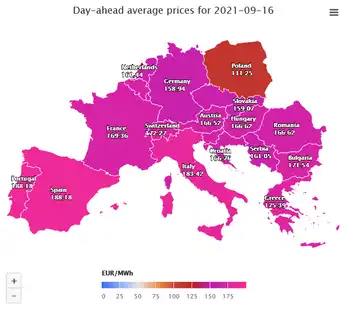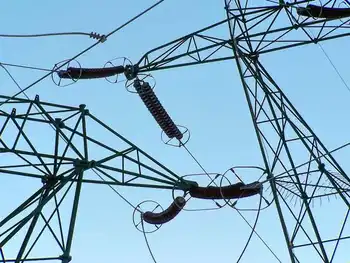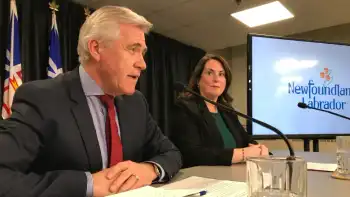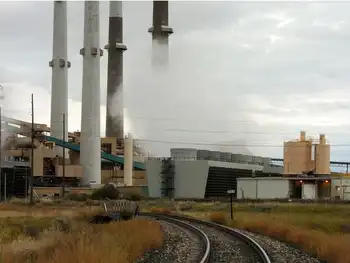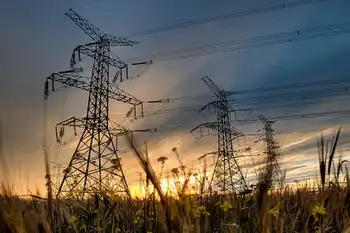Clean energy becomes goal to improve reliability
By CyberTech, Inc./EnergyBiz Insider
CSA Z463 Electrical Maintenance
Our customized live online or in‑person group training can be delivered to your staff at your location.

- Live Online
- 6 hours Instructor-led
- Group Training Available
When Energy Central visited the lab, it happened to be the same day that the Republican Study Committee targeted "applied research" in the federal budget for zeroing out. Another target: all remaining stimulus funding. In other words, if the Committee convinces Congress, NREL will close its doors and end its job-creating, clean energy effort.
The obvious connection to "intelligent utilities" is that numerous utilities are pursuing grid modernization and intelligence through partnerships with NREL. A short list would include Arizona Public Service, Sacramento Municipal Utility District, Southern California Edison, DTE Energy, ConEd, San Diego Gas & Electric and Portland Gas & Electric. NREL also works closely with the U.S. Department of Defense and, of course, with the U.S. Department of Energy.
The good news is that NREL and its partner utilities are making progress in improving reliability and safety for the nation's electrical grids. Dave Mooney, director for electricity, resources and buildings systems integration, spoke to us about energy storage and what is driving its progress.
"There are many roles for storage," Mooney said, "it just depends on the time frame."
The first category is the sub-second time frame needed for frequency regulation, for which flywheel technology is being developed. The second is many seconds to minutes needed to smooth the output of a solar photovoltaic array, for instance. That's referred to as "variability smoothing."
The third is bulk storage measured in hours, typically associated with technologies such as pumped-storage hydroelectricity "pumped hydro", compressed air energy storage CAES and large battery systems. A fourth, Mooney mentioned, is seasonal storage that could shift energy created in one season for use in another season. Wind blows hardest in winter/spring and not so much in summer, he pointed out.
"Don't bother pursuing that," he offered, helpfully. Message: NREL has its hand in the topic because of that timeframe's substantial promise, but deployment isn't even on the horizon yet.
Despite "background noise" on the storage issue, Mooney said, NREL studies show that renewable penetration on the Western Interconnection could go as high as 35 percent without relying on storage. Apart from pumped-hydro generation, the U.S. now has about two percent to three percent renewable energy in its overall portfolio. And at low renewable energy penetration, storage is not the most economical technology, he said.
"Storage will play an important role," Mooney said, "but we can deploy much more renewable energy without storage."
NREL's work with SMUD, for instance, has shown that the old "10 percent rule"-that renewable energy penetration on the grid at 10 percent and above would require addressing power quality and, possibly, storage issues-is not a hard-and-fast rule. At SMUD's campus, a small-scale integration of 14 percent renewables at the distribution level did not adversely affect power quality.
"Storage research is fairly recent and rightly so," Mooney noted. "But we have to get the fundamentals now. We can't wait until we have high penetration of renewable energy on the grid, which is 'near term' in California."
Back to that term, "applied research," and the possibility of Congress killing off the federal role in public/private partnerships in the power sector. While Mooney carefully steers clear of overt political discussions, he does believe in the federal government's role in keeping America competitive among its international rivals and, on the home front, the job creation wrought by commercializing new technology.
"NREL is the most market-oriented of the national labs," he said, proudly. "We need to a path to market for the technologies we work on."
As the nation heard in President Obama's State of the Union address, the president agrees with Dave Mooney's logic. Whether he can convince Republicans intent on slashing the federal budget remains to be seen.





